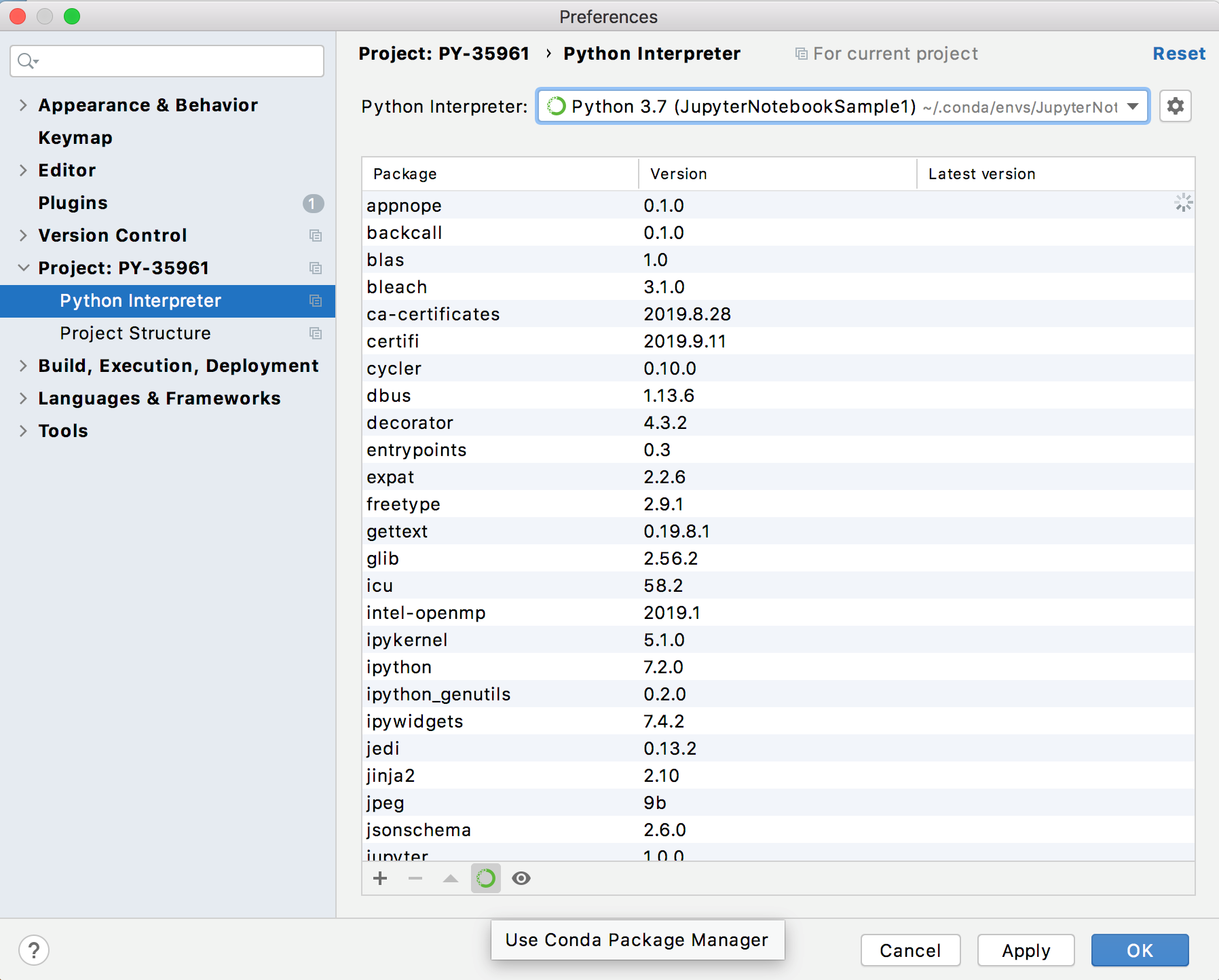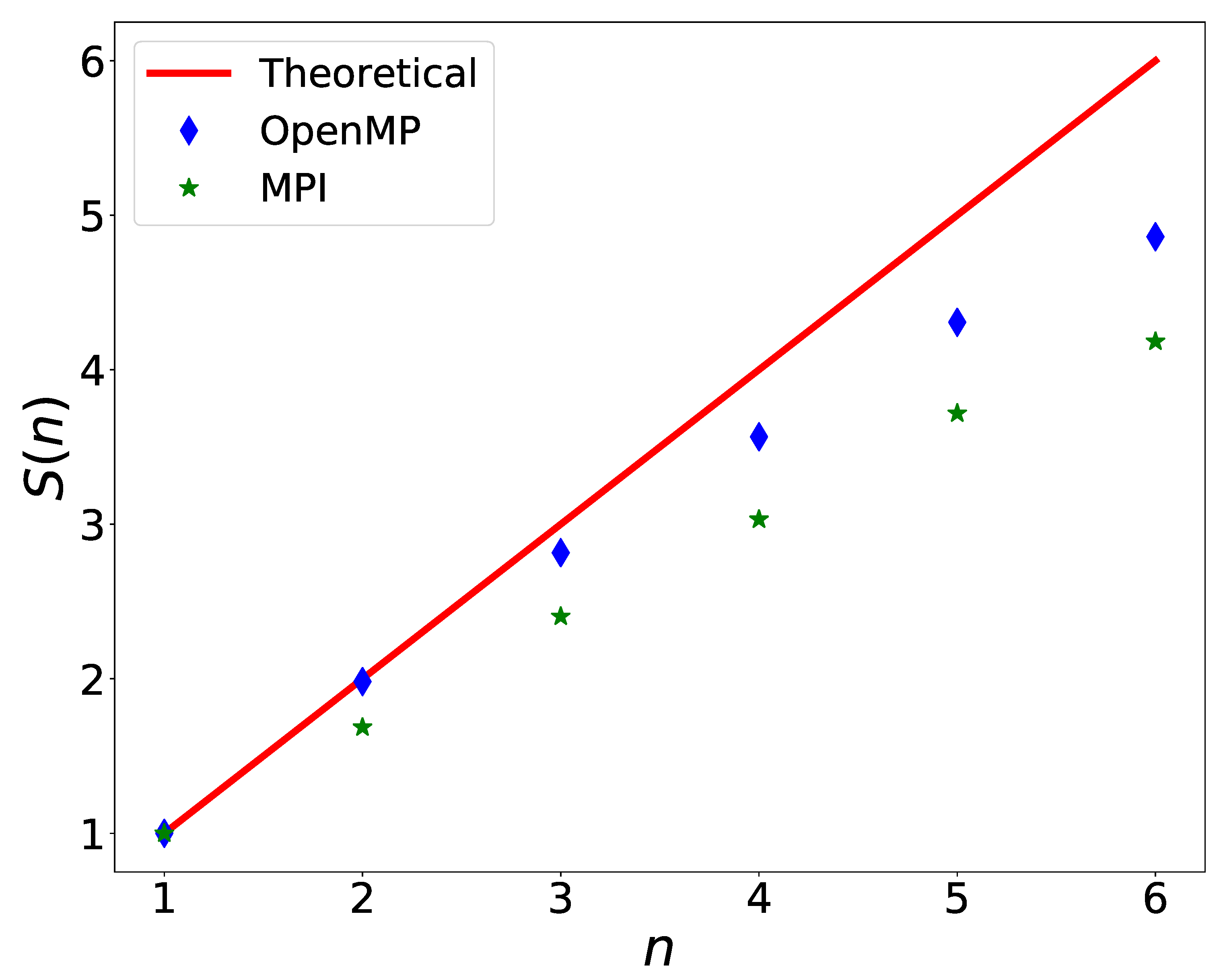
The first two flags are standard for CMake projects:ĬMAKE_BUILD_TYPE=Release turns on optimizations and disables debug information.ĬMAKE_INSTALL_PREFIX specifies where the final binaries and libraries will be installed.īe sure to choose a permanent location if you are building in a temporary directory. Next CMake needs to generate Makefiles 1 which will eventually be used for compilation: $ cmake -DCMAKE_BUILD_TYPE =Release -DCMAKE_INSTALL_PREFIX = $( pwd )/./install \ -DCLANG_OPENMP_NVPTX_DEFAULT_ARCH =sm_60 \ -DLIBOMPTARGET_NVPTX_COMPUTE_CAPABILITIES =35,60,70. The next steps will be pretty IO-intensive, so it might be a good idea to put the build directory on a locally attached disk (or even an SSD). Projects using CMake are usually built in a separate directory: $ mkdir build


With the sources in place let’s proceed to configure and build the compiler. $ mv compiler-rt-7.0.0.src llvm-7.0.0.src/projects/compiler-rtĪgain the last step is optional if you are skipping compiler-rt. This should leave you with 3 / 4 directories named llvm-7.0.0.src, cfe-7.0.0.src, openmp-7.0.0.src, and (optionally) compiler-rt-7.0.0.src.Īll these components can be built together if the directories are correctly nested: $ mv cfe-7.0.0.src llvm-7.0.0.src/tools/clang The next step is to unpack the tarballs: (the last step may be skipped if you don’t want to build compiler-rt) $ tar xf llvm-7.0.0. sig files next to the files you have just downloaded.Īs correctly verifying a gpg signature is a tricky business, I’m not going to explain it here (maybe in a follow-up post?). It’s highly recommended to verify the integrity of the downloaded archives.Įach file has been signed by Hans Wennborg and you can find both his public key and. This will give you some runtime libraries that are required to use Clang’s sanitizers.Ī detailed explanation would go beyond the scope of this post, but I encourage everyone to take a look at the documentation of
How to install openmp download#
You might also want to download and build compiler-rt: $ wget The LLVM project consists of multiple components.įor the purpose of this post, you need at least the LLVM Core libraries, Clang and the OpenMP project. This release also has support for Volta GPUs which may already be found in some HPC systems. However the latest CUDA 10.0 is not yet compatible with Clang 7.0.

How to install openmp how to#
If your distribution doesn’t provide an adequate version, see on how to get it. Additionally LLVM requires a (more or less) recent CMake, at least version 3.4.3.If you happen to have an older installation of Clang, any version greater than version 3.1 should be fine. Please ensure that you have at least version 4.8 or refer to some online tutorials on how to install one for your system. Most Linux systems default to the GNU Compiler Collection (gcc). For the build process a compiler already needs to be installed.If you don’t have them installed, please consult your distribution’s instructions on how to get them. First you’ll need some standard tools like make, tar, and xz.So first of all you need to gather a list of GPU models that you are going to run on and map them to a list of architectures.Ī clearly structured table can be found on Wikpedia or in NVIDIA’s developer documentation.Īs an example, the “Tesla P100” has compute capability 6.0 while the more recent Volta GPU “Tesla V100” is listed with 7.0. This means that you have to know the target GPU when compiling an OpenMP application.Īdditionally Clang needs compatible runtime libraries for every architecture that you’ll want to use in the future. Determine GPU ArchitecturesĬlang’s OpenMP implementation for NVIDIA GPUs currently doesn’t support multiple GPU architectures in a single binary.

In this blog post I’m going to explain how to build the Clang compiler on Linux. This requires different approaches than parallelization on the host, one of which is referred to as “offloading”:Įxecution starts on the host and designated parts are sent to the attached device.Īs one programming model OpenMP added target directives in its version 4.0 in 2013.Ĭlang 7.0, released in September 2018, has support for offloading to NVIDIA GPUs. Their compute power largely comes from accelerators, for example GPUs. However some of today’s most powerful systems in the world have a heterogeneous architecture. In that area OpenMP is a de-facto standard that uses compiler directives.Ĭlang 3.7 introduced support for OpenMP 3.1 on the host. This usually means employing multiple threads that have access to the same “shared” memory. To make efficient use of their computing power one option is so-called “Shared Memory” parallelization. Current processors nowaydays have mutliple cores.


 0 kommentar(er)
0 kommentar(er)
